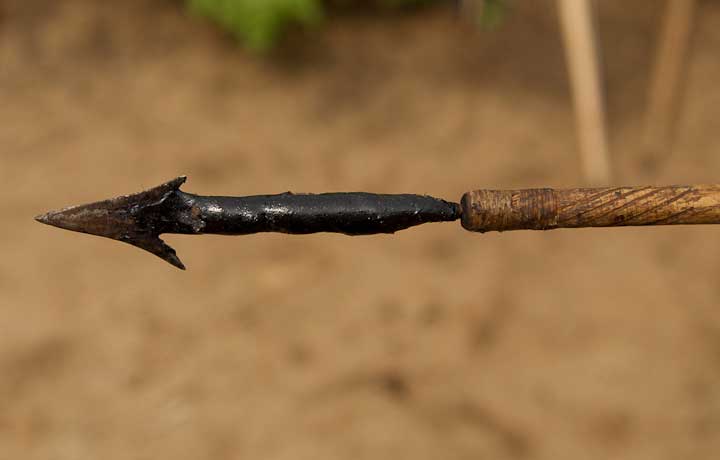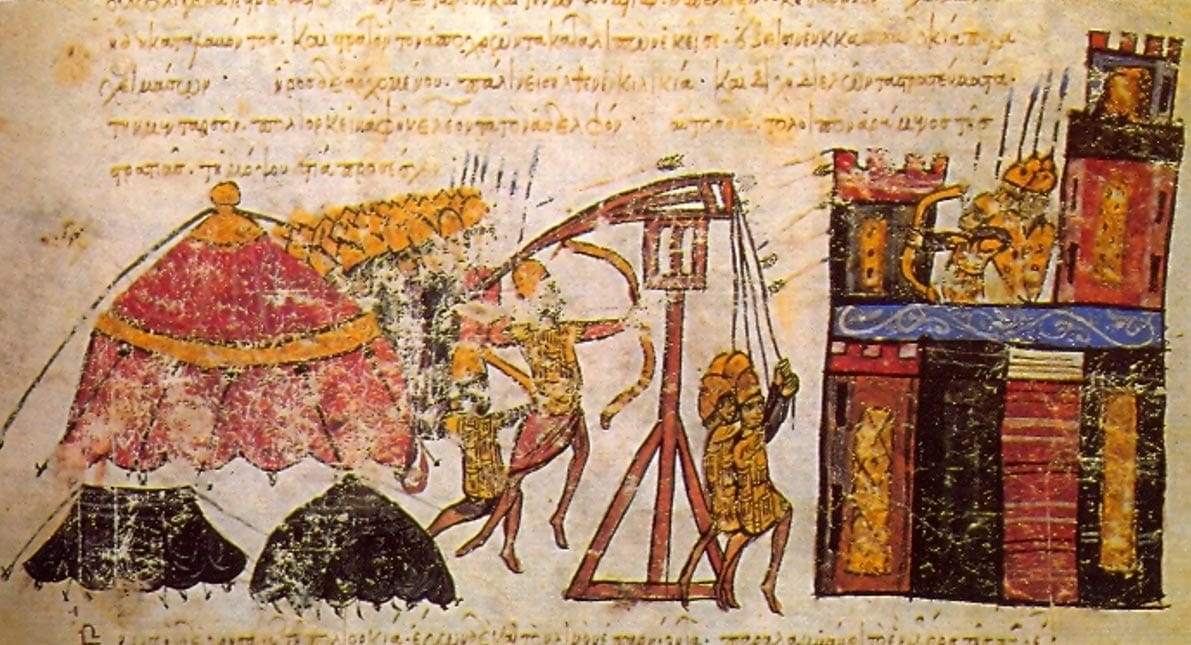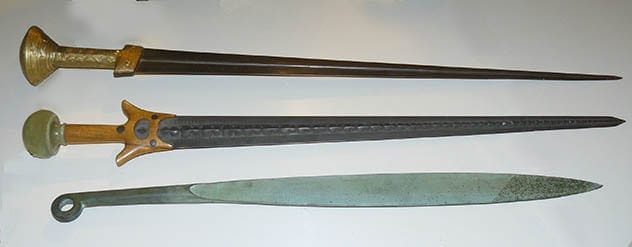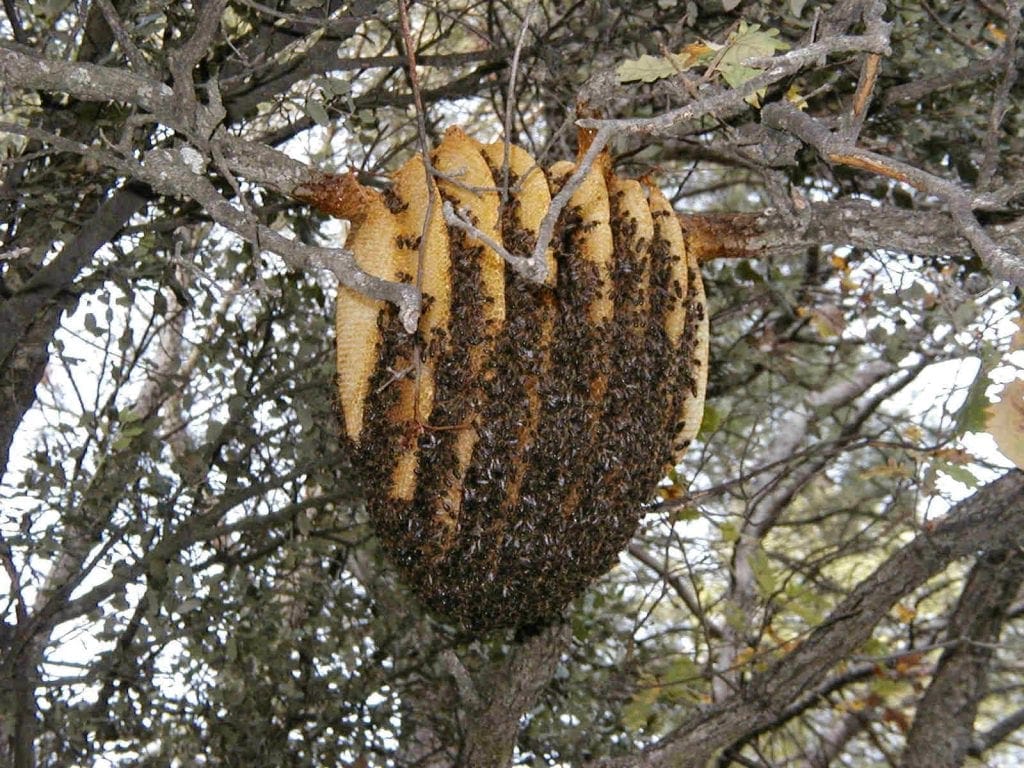Chemical, biological, and radiological warfare might seem like a modern horror, but its roots run deep into ancient history. Imagine armies facing not just swords and shields, but also plagues, poisons, and other gruesome tactics. Let’s journey back in time to explore some of the most disturbing biological and chemical weapons from the ancient world.
10. Poison Arrows

Ancient civilizations turned to nature to find their poisons. Greeks and Romans knew about two dozen dangerous plants, often using them in medicine to find the right doses. One popular choice was Hellebore, a medicinal plant that became toxic in larger doses. Though beneficial in small amounts, it caused muscle cramps, convulsions, delirium, and heart attacks when used heavily. This made it an excellent choice for coating arrow tips, turning a simple projectile into a deadly weapon.
9. Contaminating Water

Hellebore wasn’t just for arrows. Around 590 BC, during the First Sacred War, the Greeks used it more nefariously. They poisoned the water supply of the city of Kirrha. After cutting off the city’s water pipes, they laced the water source with large amounts of Hellebore. When the thirsty citizens finally got their water back, they suffered violent sickness and diarrhea, weakening them so much that the city fell without a fight. A truly twisted, yet effective, strategy.
8. Catapulting Corpses

One of the most infamous tales of ancient biological warfare comes from the 14th century. In 1346, the Mongols, during a siege, had a Bubonic Plague outbreak among their troops. They quickly realized they could weaponize the disease. They catapulted plague-ridden corpses into the city of Kaffa, introducing the dreaded disease to Europe. Beyond spreading the disease, this tactic had a terrifying psychological effect, demoralizing the enemy and inciting panic.
7. Envenomated Swords

During Alexander the Great’s conquests in 326 BC, he encountered an army in Harmatelia (modern-day Pakistan) with a deadly secret. Their swords and arrowheads were coated with venom, likely from vipers left to rot in the sun. Even a small scratch from these weapons could be fatal. The poison caused immediate numbness, stabbing pains, convulsions, and the skin to turn cold. Victims vomited bile, and black froth oozed from the wound as gangrene rapidly spread, causing a horrible death.
6. Lime Dust

Ancient people also experimented with toxic smoke and gasses. In AD 178, China used an early form of tear gas to suppress a peasant revolt. They used powdered limestone dust on horse-drawn chariots with bellows. The dust, when blown forward, interacted with moist membranes like eyes and noses, causing corrosive, blinding, and suffocating effects. Combined with stampeding horses, loud gongs, and drums, this tactic threw the rioters into chaos.
5. Beehive Bombs

Among the earliest projectile weapons were hornet nests and beehives. People knew swarms of bees could invade cities and force evacuations. So, they began using them to repel attackers. Hornets’ nests were plugged with mud and carefully transported, while bees were persuaded to colonize special containers. They used smoke to tranquilize the bees or special powders to calm them before release. Beehive bombs even appeared as booby traps in World War 1 and the Vietnam War.
4. Flaming Arrows

As early as the 9th century, people used flaming arrows by wrapping plant material like straw or hemp around arrows and setting them alight. Though effective against wooden walls, they were useless against stone. The search for better chemical additives led to the use of pitch, a flammable resin from pine trees. Pitch made the arrows burn hotter and longer and was also poured onto invaders or used in flaming bags hurled from walls. These tactics were crucial for centuries.
3. Toxic Honey

One of the strangest tales involves not a weapon, but a treat. In 401 BC, Xenophon’s army camped in Colchis (near modern Turkey) and raided a village stocked with wild honey. Soon, the soldiers suffered delirium and intoxication, collapsing by the thousands, incapacitated and even dying. This “mad honey” came from bees that collected nectar from poisonous rhododendron blossoms. Centuries later, a Roman army suffered the very same fate in the same region.
2. Scorpion Bombs

Insects were weaponized in various ways. During the Roman attempts to control Mesopotamia, the citizens of Hatra defended themselves with clay pot “bombs” filled with scorpions. These pots were dropped onto the invading forces. Scorpion bites were said to be incredibly painful, causing a lingering death lasting three days, accompanied by agitation, sweating, convulsions, and swollen genitals. This was certainly a paranoia-inducing weapon.
1. Greek Fire

One of the most devastating ancient weapons was Greek Fire. Based on distillation and siphoning pump technologies, this weapon launched a stream of liquid fire from boats. The main ingredient was likely Naphtha, a chemical used in firebombs for years. The pressurized delivery system was a guarded secret. Like modern napalm, Greek Fire was terrifying, countered only by wet hides, stormy weather, or dangerous evasive maneuvers.
Which of these ancient weapons do you find the most disturbing? Leave your comment below!










